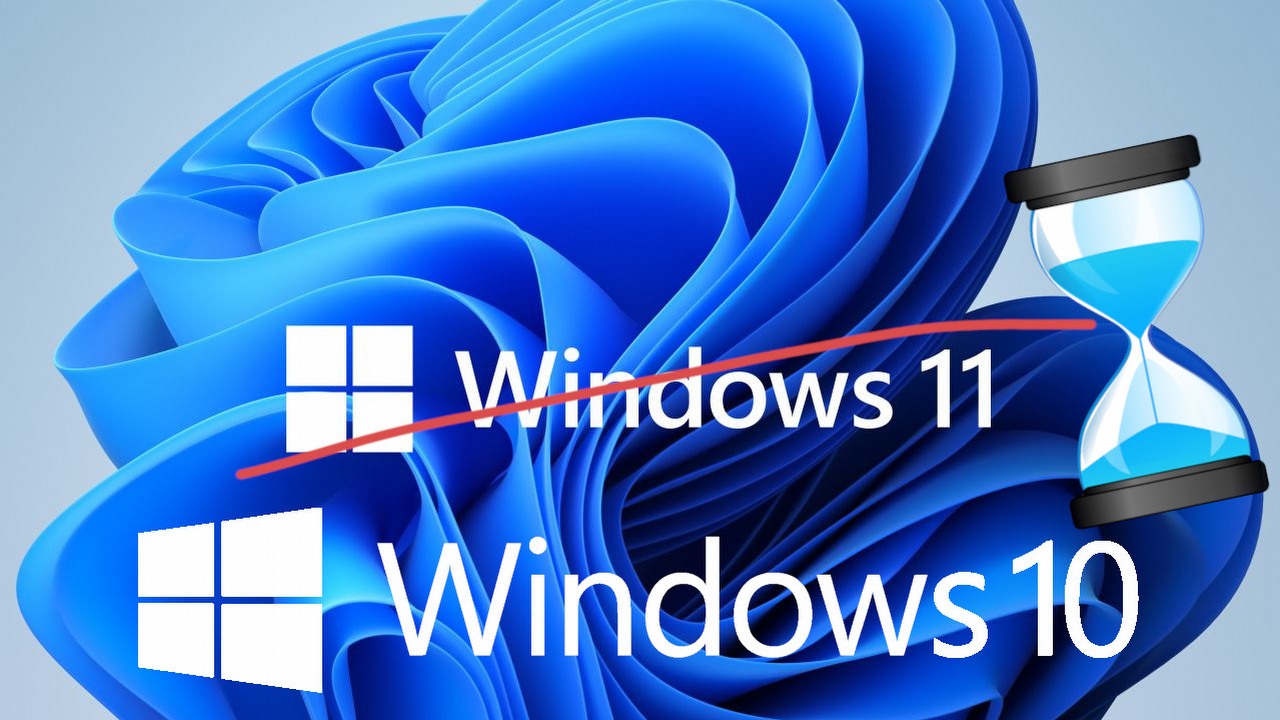Windows 11 Will Give Users 10 Days to Roll Back to Previous OS
Windows 11 introduces a lot of changes, which may not be to everyone's liking. You need to make a decision quickly - Microsoft gives only 10 days to return to Windows 10 from the moment of the update.

Windows 11 is expected to be released this fall (press materials mention October 20), although the users can already download it in the Insider program. Before we decide to upgrade, however, it is worth remembering that we will get only 10 days to return to Windows 10 if we change our mind.
On the official website of the new system, Microsoft answers the question "Can I go back to Windows 10 if I don't like Windows 11?”:
"Yes. After you have installed the Windows 11 upgrade, there is a 10-day period where you can move back to Windows 10 while keeping files and data that you brought along with you. After the 10 days, you will need to back up your data and do a “clean install” to move back to Windows 10."
It's worth upgrading if we can thoroughly test it in the next 10 days. If it doesn't suit us or causes undesirable hardware or app behavior, going back to Windows 10 should be a matter of just a few clicks and a little time. "Clean install", which means deleting all data and reinstalling the operating system, is also not too complicated, but it can be more time consuming. You will need to reinstall the software, and it is possible to lose some data if the backup is not done accurately. Storing data in the cloud, such as OneDrive from Microsoft, can significantly facilitate both the change of operating system and switching to other hardware.
The buzz around Windows 11 hardware requirements
There's been quite a bit of controversy surrounding Windows 11's hardware requirements, including the need for a relatively new processor and a TPM 2.0 module, and the requirement to have the latter has even led to turmoil in the market for these components and increased scalper activity. We've looked into this and most PCs from the last 5 years should be compliant with the new system.
At the launch of Windows 10, Microsoft initially offered users an entire month to decide and possibly return to an earlier version of the system. After a year, however, this time was reduced to 10 days with the Anniversary Update. As explained by the Redmond giant, shortened time was due to analysis of data on user behavior. The decision to return to the previous version of the system was made mostly in the first days after the update. So the decision time will not change in the case of Windows 11.
- Windows 11 - official website
- Windows 11 presentation
- Microsoft Explains Why Windows 11 Needs TPM 2.0
- Windows 11 Will Let Us Run Android Apps
0

Author: Konrad Sarzynski
He has enjoyed writing since childhood and always dreamed of writing his own book. He just never expected it to be a scientific monograph. He has PhD in urban studies, which he is happy to brag about to his friends at every possible opportunity. He started his adventure with Webedia in late 2020 in the Tech department. He created texts, ran the technology newsroom, and later co-founded Futurebeat.pl, being responsible for featured articles and hardware tests. Now he focuses on all kinds of builders - both mainstream and indie - which he streams on his Twitch channel. He lives with his cat and wife.
Latest News
- End of remote work and 60 hours a week. Demo of Naughty Dog's new game was born amid a crunch atmosphere
- She's the new Lara Croft, but she still lives in fear. Trauma after Perfect Dark changed the actress' approach to the industry
- „A lot has become lost in translation.” Swen Vincke suggests that the scandal surrounding Divinity is a big misunderstanding
- Stuck in development limbo for years, ARK 2 is now planned for 2028
- Few people know about it, but it's an RPG mixing Dark Souls and NieR that has received excellent reviews on Steam, and its first DLC will be released soon

